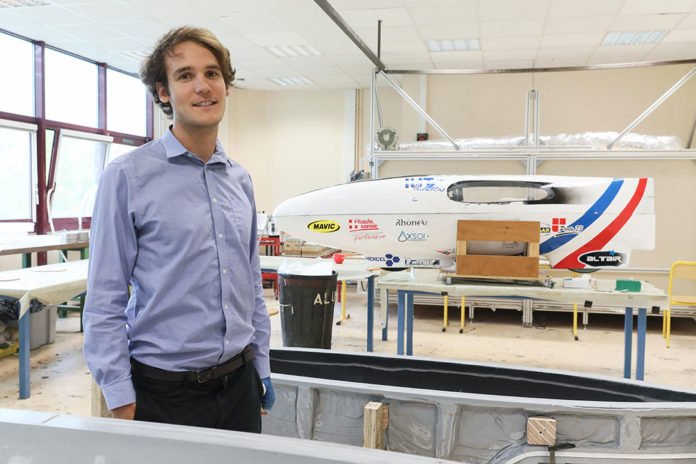Scientists at the Neural Concept, an EPFL spin-off, have developed artificial-intelligence-based software to boost the performance of its bike. The AI can calculate the optimal shape of a bike to make it as aerodynamic as possible.
Scientists noted that the AI can be used for aerodynamics calculations in several other applications. The company is presenting its software in Stockholm today at the International Conference on Machine Learning.
The bike which looks like a tiny racecar than a human-powered bicycle was custom-made to fit closely to the cyclist’s body. The design objective clearly isn’t cyclist comfort but making the most out of every inch of the vehicle. While riding, a rider has to ride down a 200-meter stretch of straight, flat road as fast as possible, after a run-up of 8 km.
Existing streamlined outline strategies require a tremendous measure of enormous power. Customarily bike engineers think up diverse structures and afterward test them utilizing computer simulation. Be that as it may, here, out of the blue, engineers utilized improvement programming – instead of their own instinct – to characterize the recumbent bicycle fairing.
Scientists used Neural Concept’s software, specifying the bike’s maximum length and width and the space needed for the drivetrain and wheels. The program then sorted through all kinds of shapes, quickly comparing them in order to come up with the best one. For instance, the program helped the engineers determine the best location for the vehicle’s maximum width.
To develop this technology, scientists trained a convolutional neural network to calculate the aerodynamic properties of various forms represented by generic polygon meshes, which are collections of points used to generate 3D shapes.
This kind of AI works by going through a few layers, sorting data from the easiest to the most intricate. In the underlying layers, the program recognizes a shape’s forms; at that point, it doles out the forms to a protest and figures out what class the question has a place within view of the normal result.
Pierre Baqué, CEO of Neural Concept said, “Our program results in designs that are sometimes 5–20% more aerodynamic than conventional methods. But even more importantly, it can be used in certain situations that conventional methods can’t. The shapes used in training the program can be very different from the standard shapes for a given object. That gives it a great deal of flexibility.”
The software has myriad other potential applications too, such as for designing drones, wind turbines, and aircraft. Other industry professionals clearly see its potential – Baqué has been invited to speak at the world’s biggest machine learning conference today in Stockholm. IUT Annecy and Neural Concept have already started working on the bike for next year’s race. It will be designed exclusively and entirely by the software, without any human intervention.
